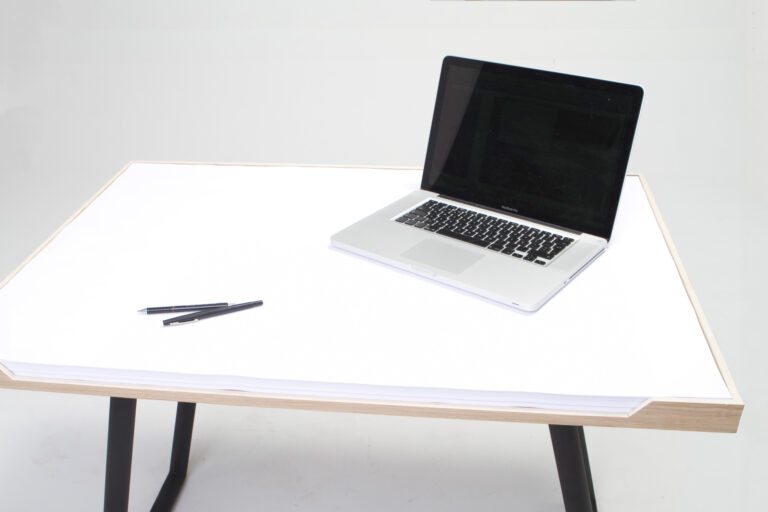What is an Ink Quill Pen?
A quill pen is a large bird feather with an ink-holding tip, used as the primary writing instrument from the 6th to 19th centuries until steel nibs became popular writing tools.
Prior to this point, reed and bamboo pens were in widespread use. While these could be difficult to use and did not maintain their point for very long, their point was often lost quickly.
HISTORY
Quill pens first emerged around the 6th century and were widely used until metal pens came into mass production during the 19th century. Quill pens were often preferred by Western master draftsmen for their great flexibility and control, making them indispensable tools.
Through capillary action, ink is drawn from its reservoir to the nib of a feather (or pen) via a small opening on their side and drawn through capillary action to the tip of each feather (or pen). As this ink flows towards its tip it creates the impressions needed for writing on paper – traditionally this was accomplished using feathers from goose, swan and turkey species; Thomas Jefferson kept an entire flock of geese at Monticello specifically to supply him with writing implements!
At first, carbon-based inks were preferred, but iron gallotannate ink eventually replaced it as the go-to material. Quill pens are still widely used today for calligraphy and artistic projects as well as signing important documents like Magna Carta and Declarations of Independence.
MAKING
Though most people rely on ballpoint, fountain, or gel pens to write with, quill pens offer something extra special when writing with ink. While it takes practice to become proficient in using one, the results speak for themselves!
Quill pens are constructed using large bird feathers from goose, swan or turkey (but occasionally also from crow, owl and hawk species), typically collected during living birds’ new growth period after they have shed in springtime.
Slits are cut into the shaft of feathers (called calamus) to form writing nibs for writing with. The ink then flows from its reservoir through this capillary action to reach the nib tip through writing action, giving rise to many different styles of calligraphy imaginable. You can sculpt and form its end as desired for pointed or blunt tips. Scribes and calligraphers often create their own quill pens as an art form in its own right.
USE
Quill pens require patience and are pressure sensitive, yet respond well to various types of paper surfaces and writing styles – but for beginners it may be beneficial to start on thicker paper such as construction paper or stationery until you become acquainted with how its nib works.
Monitoring ink levels is also vitally important, as excessive ink can cling to metal nibs without proper blotting. Utilizing quill pen-specific ink will help alleviate this issue.
Though less popular these days, quill pens remain an intriguing tool that continues to intrigue people from all backgrounds. Artists, students and calligraphers all rely on them when creating beautiful works of art – and quill pens can be found at craft stores, online and even historic sites and museums; collectors also cherish them greatly; natural quills may not last as long as metal-nibbed pens but can often be repaired and maintained to last generations!
CARE
Maintaining your pen properly to extend its useful life is essential, and one effective method is writing with it on quality sketch or drawing paper regularly – this helps avoid the clogging that often arises when using this type of pen.
Care should also be taken not to press too hard on the nib, or it could become uneven and difficult to use. Quill pens rely on capillary action and should be held at an angle in order to make marks on paper that look good.
To keep ink from drying and hardening inside your pen, regularly clean its nib by submerging it in cold or lukewarm water for several minutes before writing. Gently scrub the nib using a pen knife or small brush until any dried ink remains is gone, before rinsing and drying the nib thoroughly afterward.

